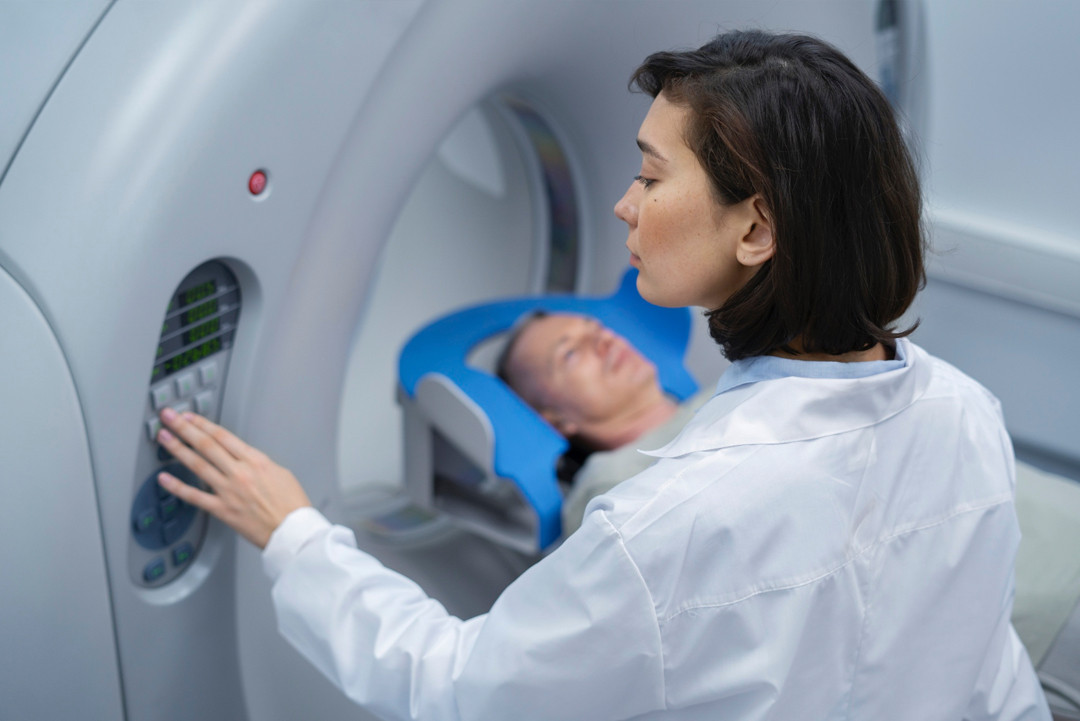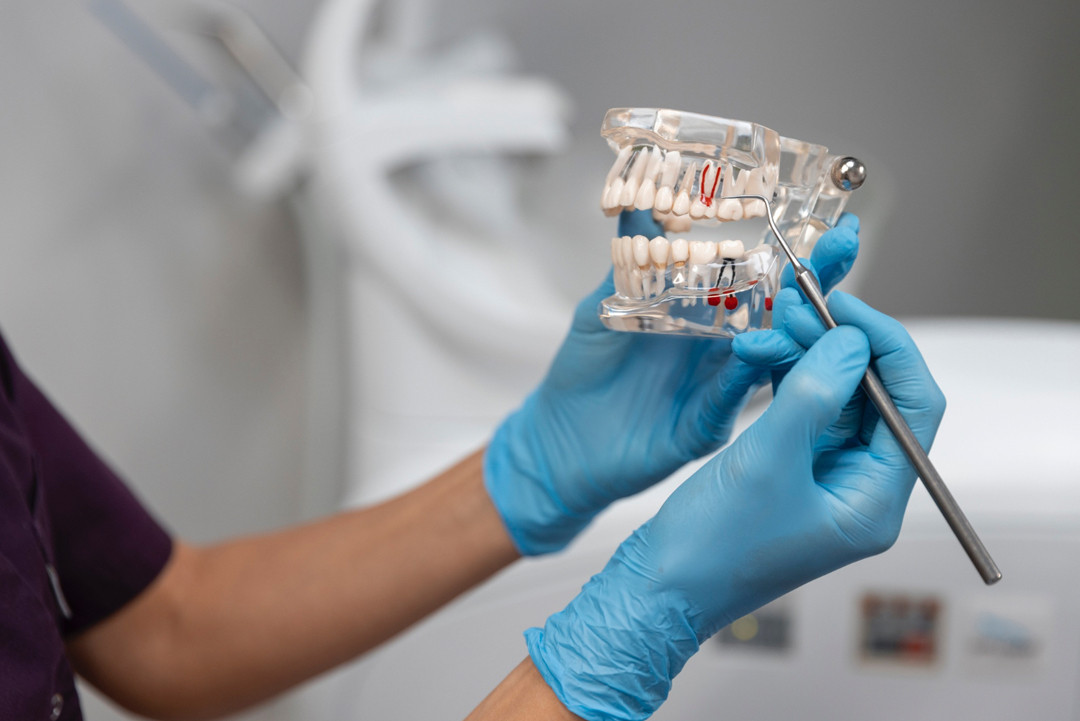What is Interventional Radiology?
Interventional radiology (IR) utilizes imaging techniques such as CT scans, ultrasounds, and X-rays to guide the use of small tools like catheters, needles, and wires for diagnosing and treating various conditions. It offers a minimally invasive alternative to traditional surgery, often eliminating the need for hospitalization.
Role of Interventional Radiologists
- Image-Guided Diagnosis and Treatment: Using advanced imaging to target diseases with precision.
- Minimally Invasive Procedures: Managing conditions with reduced recovery times and fewer risks compared to surgery.
They complete 6 years of medical training and 4 years of radiology specialization, gaining expertise in interpreting diagnostic images and performing complex procedures.
Advantages of Interventional Radiology
- Minimized Risks: Lower complications compared to surgery.
- Reduced Recovery Time: Patients often resume daily activities faster.
- Cost-Effective: Fewer hospital stays and reduced expenses.
- Precision Treatment: Delivers targeted therapies, such as chemotherapy directly to tumors.
- Versatile Applications: Effective for cancer, cardiovascular issues, gallstones, and more.
Who Can Benefit from Interventional Radiology?
- Cancer Patients: Tumor treatment using chemoembolization or ablation.
- Cardiovascular Conditions: Treating blood vessel blockages and aneurysms.
- Pediatric Cases: Safe alternative for drainage or biopsies in children.
- Biopsy Needs: Accurate tissue sampling for diagnosis.
Common Interventional Radiology Procedures
- Angiography and Angioplasty
- Angiography: Imaging arteries and veins for abnormalities.
- Angioplasty: Using a catheter with a balloon tip to open blocked vessels.
- Embolization
- Blocks blood flow to treat tumors or stop acute bleeding.
- Chemoembolization: Combines embolization with targeted chemotherapy.
- Ablation
- Uses heat (radiofrequency, microwave) or cold (cryoablation) to destroy diseased tissue or varicose veins.
- Balloon Angioplasty and Stents
- Opens blocked arteries, veins, or ducts using balloons or stents, particularly for coronary artery disease (CAD).
- Needle Biopsy
- Core Needle Biopsy: Removes tissue for pathological analysis.
- Fine-Needle Aspiration: Samples fluid or tissue for diagnostic purposes.
Procedure Overview
- Imaging: CT, MRI, or ultrasound provides a clear view of the treatment area.
- Access: A small incision is made to insert a catheter or needle.
- Guidance: Tools are maneuvered using real-time imaging on a screen.
- Treatment: Targeted therapies or diagnostic sampling are performed.
Applications in Treatment
- Cancer: Tumor ablation or chemotherapy delivery.
- Cardiovascular Diseases: Treats blockages and aneurysms.
- Pediatrics: Minimally invasive options for biopsies and drainage.
- Chronic Conditions: Manages bile duct obstructions, varicose veins, and more.
Why Choose Interventional Radiology?
Interventional radiology is transforming medicine with its innovative, patient-centered approach, offering safer and faster solutions for complex medical challenges. It’s a highly effective option for patients seeking advanced, minimally invasive care.


















